Table of content
Fava beans, also known as broad beans, are a nutritious and versatile legume cherished for their earthy flavor and creamy texture. Whether harvested fresh from the garden or purchased from a local market, preserving their freshness is crucial to enjoy their culinary benefits for an extended period. Proper refrigeration techniques can significantly extend the shelf life of fava beans while retaining their vibrant color, firm texture, and nutritional value. This guide delves into the science-backed methods, step-by-step instructions, and expert tips to ensure your fava beans remain in optimal condition inside the refrigerator.
Understanding Fava Bean Composition and Spoilage Factors
Before exploring storage solutions, it is essential to grasp why fava beans deteriorate and how refrigeration mitigates these processes. Fava beans, like all fresh produce, undergo enzymatic browning and microbial growth post-harvest. Enzymes such as polyphenol oxidase react with oxygen, causing discoloration, while bacteria and fungi proliferate in moist environments, leading to spoilage. Refrigeration slows these reactions by reducing enzymatic activity and inhibiting microbial metabolism. However, improper handling can negate these benefits, emphasizing the need for structured preservation protocols.
Preparation Steps Before Refrigeration
The journey to long-lasting fava beans begins before they enter the refrigerator. Meticulous preparation ensures minimal bacterial load and slows degradation pathways.
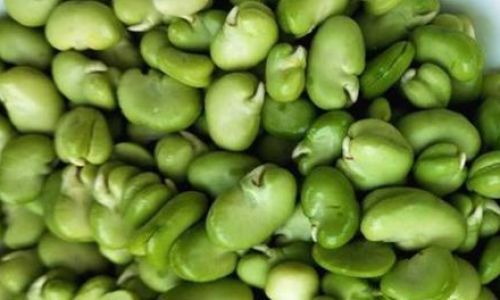
Selecting Pristine Pods
Start by handpicking fava bean pods that are firm, plump, and free from blemishes. Avoid pods with soft spots, discoloration, or mold, as these indicate early stages of decay. The ideal pod should feel heavy for its size, signaling high moisture content and freshness.
Shelling and De-Hulling
Fava beans are typically stored in their pods or shelled. For short-term refrigeration (3–5 days), leaving them in the pod can offer slight protection. However, shelled beans require immediate attention. To shell:
- Snap the pod’s stem end and pull the string downward to unzip the seam.
- Gently extract the beans, discarding any with visible damage.
For culinary use, shelled beans often require de-hulling (removing the outer waxy skin). While time-consuming, this step enhances texture and flavor. Blanch shelled beans in boiling water for 1–2 minutes, then shock them in ice water. The skins will loosen, making peeling effortless.
Washing and Drying
Rinse shelled or podded fava beans under cold running water to remove dirt and debris. Pat them dry thoroughly using a clean kitchen towel or paper towels. Excess moisture accelerates spoilage, so ensure no water droplets remain on the surface.
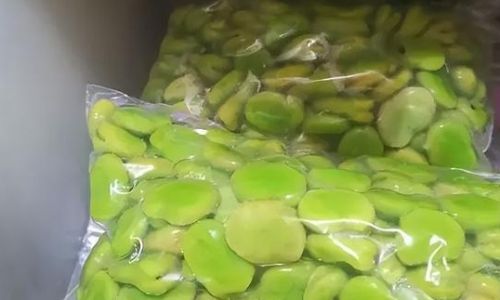
Optimal Refrigeration Methods
The refrigerator’s cold, humid environment creates an ideal setting for preserving fava beans, but the method of storage dictates longevity.
Short-Term Storage (3–5 Days)
For beans to be used within a week, follow these steps:
- Podded Beans: Place unwashed pods in a perforated plastic bag or a breathable linen produce sack. Store in the crisper drawer, which maintains higher humidity levels.
- Shelled Beans: Transfer dried, shelled beans to an airtight container lined with paper towels to absorb excess moisture. Seal tightly and place in the main refrigerator compartment (not the crisper, as shelled beans prefer slightly drier conditions).
Extended Storage (7–10 Days)
To maximize freshness beyond five days, consider vacuum sealing or using absorbent packaging:
- Vacuum Sealing: Use a vacuum sealer to remove air from bags containing shelled beans. This eliminates oxygen, slowing oxidative reactions.
- Absorbent Packaging: Wrap shelled beans in a layer of paper towels before placing them in a sealed container. The towels wick away condensation, preventing sogginess.
Freezing for Long-Term Preservation
While not strictly refrigeration, freezing is a viable extension of refrigerator-based storage. Blanch shelled beans for 2–3 minutes, shock in ice water, drain, and spread on a baking sheet to freeze individually. Once frozen, transfer to airtight freezer bags. Frozen fava beans retain quality for 8–12 months.
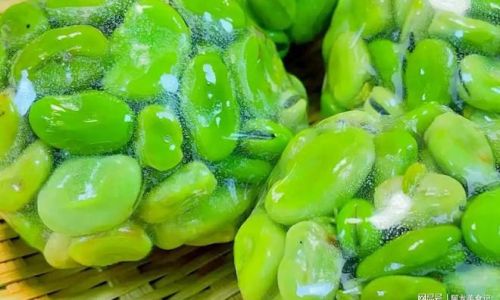
Critical Temperature and Humidity Controls
Refrigerators operate between 1–5°C (34–41°F), with the crisper drawer often featuring adjustable humidity settings. For fava beans:
- Podded Beans: High humidity (90–95%) in the crisper prevents wilting.
- Shelled Beans: Medium humidity (80–85%) in the main compartment minimizes condensation.
Avoid storing fava beans near ethylene-producing fruits (e.g., apples, bananas), as this gas accelerates ripening and spoilage.
Common Mistakes to Avoid
Even with the best intentions, errors in storage can compromise fava bean quality:
- Storing Wet Beans: Residual moisture encourages mold growth. Always dry thoroughly.
- Overcrowding Containers: Poor airflow traps heat and humidity, hastening decay.
- Ignoring Spoilage Signs: Discard beans with soft spots, sliminess, or off-odors immediately.
- Refrigerating Pre-Cooked Beans Improperly: Store cooked fava beans in shallow, airtight containers and consume within 2–3 days.
Reviving Wilted Fava Beans
If pods begin to wilt, revive them by trimming the stems and placing them in a glass of cold water in the refrigerator for 1–2 hours. This rehydrates the beans, though results vary based on initial freshness.
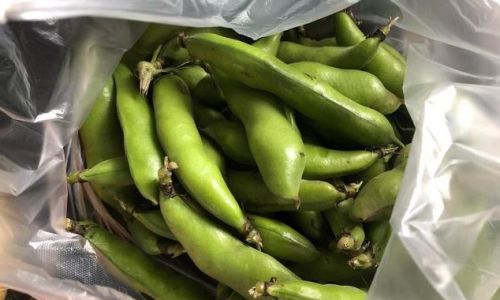
Culinary Applications of Refrigerated Fava Beans
Properly stored fava beans retain their versatility:
- Raw: Thinly sliced pods add crunch to salads.
- Cooked: Sauté, roast, or puree shelled beans into dips, soups, or risottos.
- Frozen: Use directly in stews or smoothies without thawing.
Environmental and Economic Considerations
Food waste is a global concern, and improper storage contributes significantly. By mastering fava bean preservation, you reduce waste, save money, and lower your carbon footprint. According to the FAO, extending produce shelf life by just one day can prevent millions of tons of food loss annually.
Conclusion
Preserving fava beans in the refrigerator is a blend of science and practicality. By understanding the beans’ biological needs, adhering to meticulous preparation protocols, and leveraging refrigeration technology, you can enjoy these legumes at their peak for days or even months. Whether you’re a home cook, a gardener, or a sustainability enthusiast, these methods empower you to savor the taste of spring long after harvest season. Experiment with storage durations, refine your techniques, and relish the satisfaction of turning fresh fava beans into culinary delights, one perfectly preserved pod at a time.




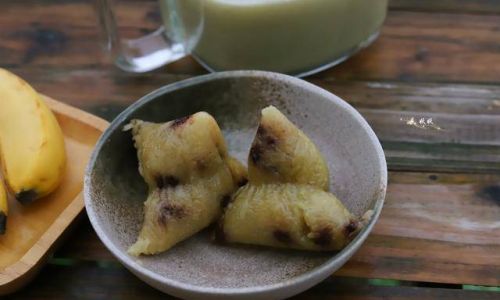
0 comments